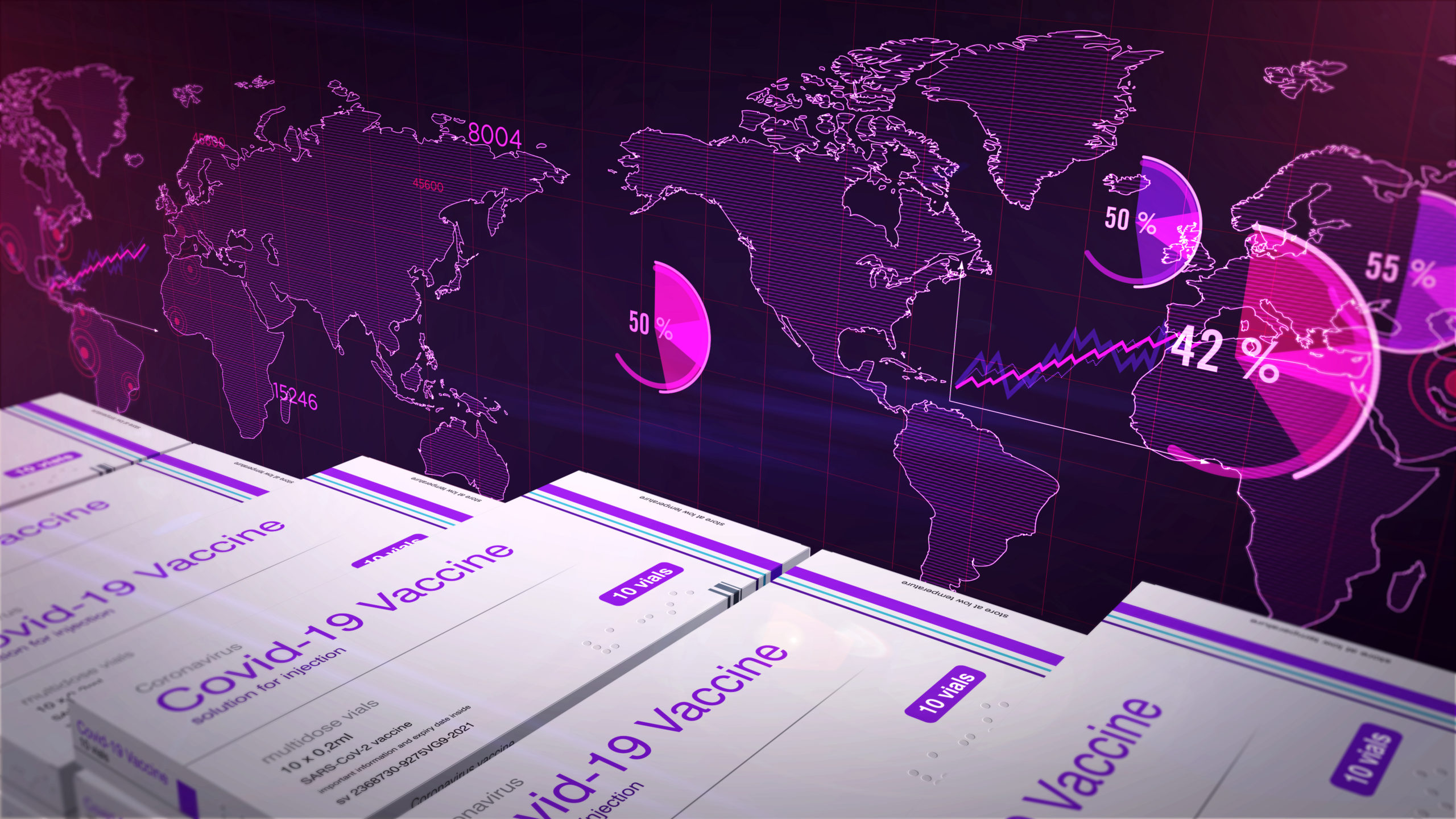The WTO, trade and the COVID-19 recovery
Removing trade barriers, export restrictions and supply-chain obstacles will support the global vaccination effort, and in turn bolster economic recovery
When this year is over, what story will we tell about 2021? Many of us, including me, started the year hopeful as we began to see clearer pathways out of the pandemic. Now half the year through, the G7 summit is an opportune time to reflect on the optimism with which the world ushered in the new year and the work that remains. Global cooperation on trade will be important to help us get there.
Recovery from COVID-19 and resilience against future pandemics is one of the United Kingdom’s priorities for its G7 presidency. It can only be truly achieved when all people in all countries have access to vaccines. As of 4 May, 1.048 billion vaccine doses had been administered, with up to half of the population in some of the richest countries receiving at least one dose. Worryingly, in lower-income countries, including very populous ones, vaccination rates were under 1%. That gap is stark. If left unaddressed, it would be unjust, economically dysfunctional and a threat to health and prosperity even in fully vaccinated countries.
In light of this, discussions with World Trade Organization members and other stakeholders have been finding trade solutions. In meetings of the WTO TRIPS Council, my bilateral discussions and virtual events engaging the private sector, there has been an emphasis on collaboration and innovation to achieve swift, meaningful results for vaccine equity. A WTO-organised meeting of government ministers, vaccine manufacturers and civil society in April, for example, made more apparent how trade concerns were at the heart of the complexities of scaling up vaccine manufacturing and distribution. One manufacturer’s supply chain, for example, comprises 280 components manufactured at 86 sites in 19 countries. Cutting off trade or restricting the supply chain would make it harder, if not impossible, to produce more vaccines.
REMOVING RESTRICTIONS
These discussions are supported by the WTO’s continued monitoring of trade barriers. Since the pandemic’s outbreak, the WTO has recorded as many as 109 pandemic-related export restrictions on medical products or food, by nearly 90 WTO members and observers. The number of export restrictions has dropped to 51, from 62 members and observers. This is the right direction, but it is not enough. It is more critical than ever for WTO members to roll back export restrictions and supply chain barriers. Vaccine manufacturers, for their part, should scale up production capacity in more sites, providing knowhow and technology transfer, and take steps towards longer-term investment. Governments, including those of G7 members, must continue to use the WTO to resolve these issues and foster the collaboration needed to meet the urgent demand for vaccines and other medical products.
Increasing access to vaccines would, in turn, boost growth and trade. This is vital if we are to secure prosperity, another key G7 priority for 2021. WTO economists estimate that a faster-than-expected global vaccine roll-out would add over two percentage points to the projected 8% rebound in merchandise trade volumes projected for 2021, after last year’s 5.3% contraction.
More broadly, there is unfinished work in updating the WTO rule book to unleash the full potential of growth drivers currently bogged down by ineffective or outdated regulation. Negotiations among some WTO members on facilitating investment, removing regulatory red tape in services trade, and ensuring free and fair e-commerce are promising. There are also ongoing discussions at the WTO on increasing the participation of women and small businesses in international trade. These initiatives will need to attract more support to secure meaningful outcomes at the WTO’s 12th ministerial conference later this year.
The recovery narrative would not be complete without acknowledging the imperative to build back in a greener, more sustainable way. Global carbon dioxide emissions fell by 2.3 billion tonnes or 6.4% in 2020 during the pandemic. This is hardly tenable, however, in the aftermath without more ambitious climate action. At the WTO, climate-related restrictions on trade such as the sensitive issue of carbon border levies have drawn much attention, as have joint initiatives on trade and environmental sustainability and plastics pollution. All members, including G7 members, would do well to continue to make use of the organisation’s transparency mechanisms to bring the coordination and cooperation needed in designing and implementing environmental policies.
Also, as the world looks ahead to COP26, only weeks before the WTO ministerial, members should consider reactivating and broadening trade negotiations on environmental goods and services. The overdue agreement to curb harmful fisheries subsidies, furthermore, would be a swift win for the health of our oceans and not least for the WTO’s credibility.
The G7’s new dedicated trade track of preparatory work affirms the important role the WTO must play in the story of growth and recovery post COVID-19. There is some time yet to honour the hope for 2021.












